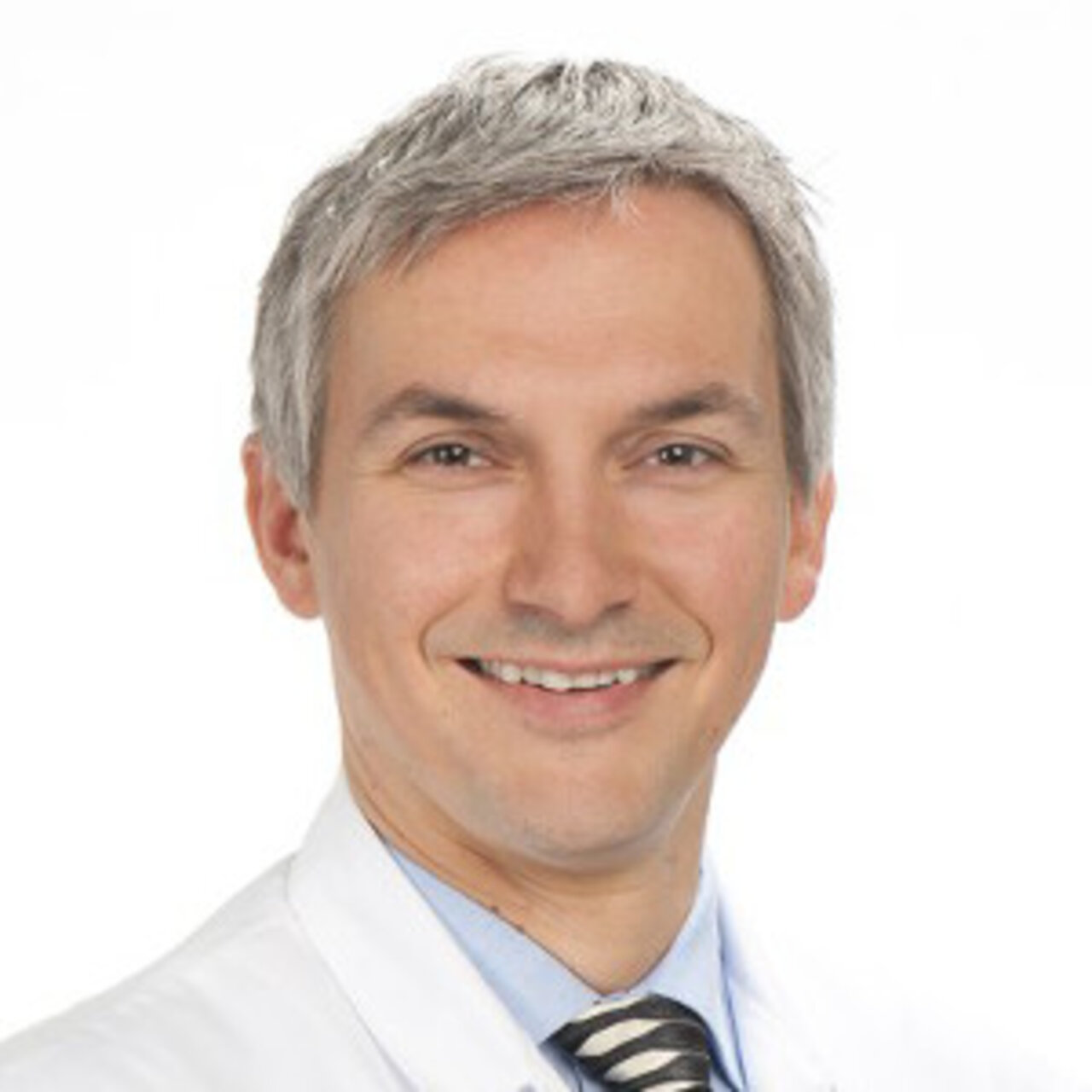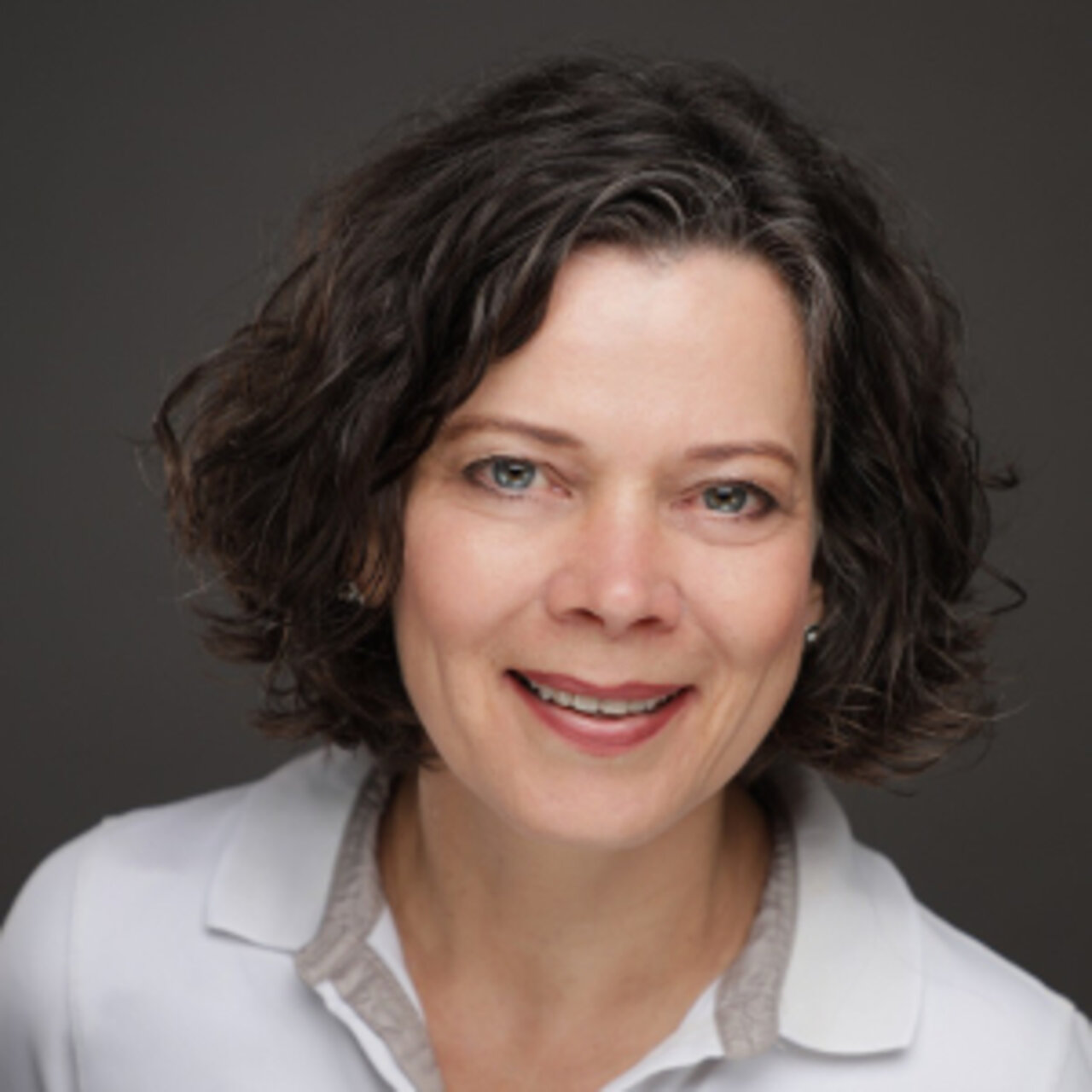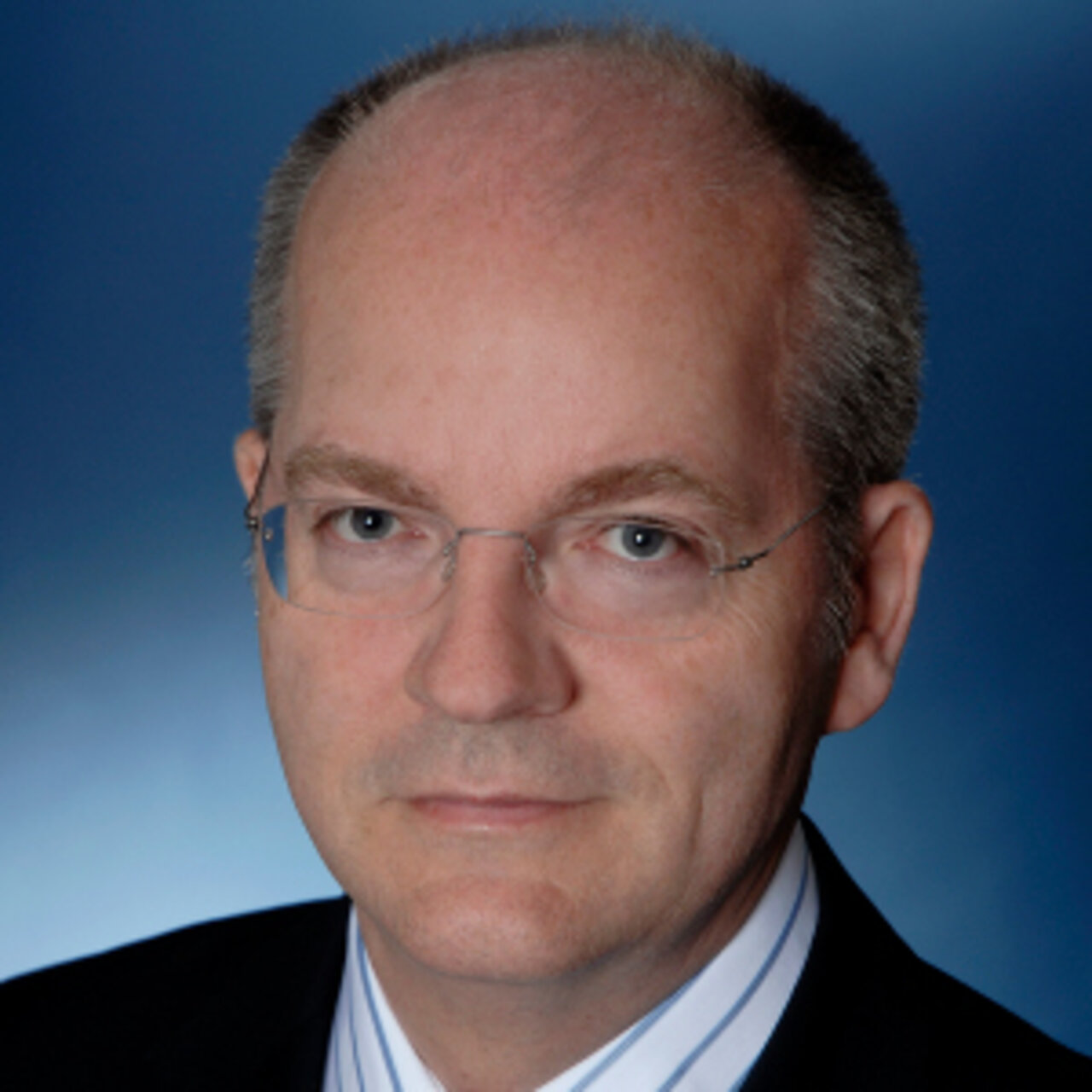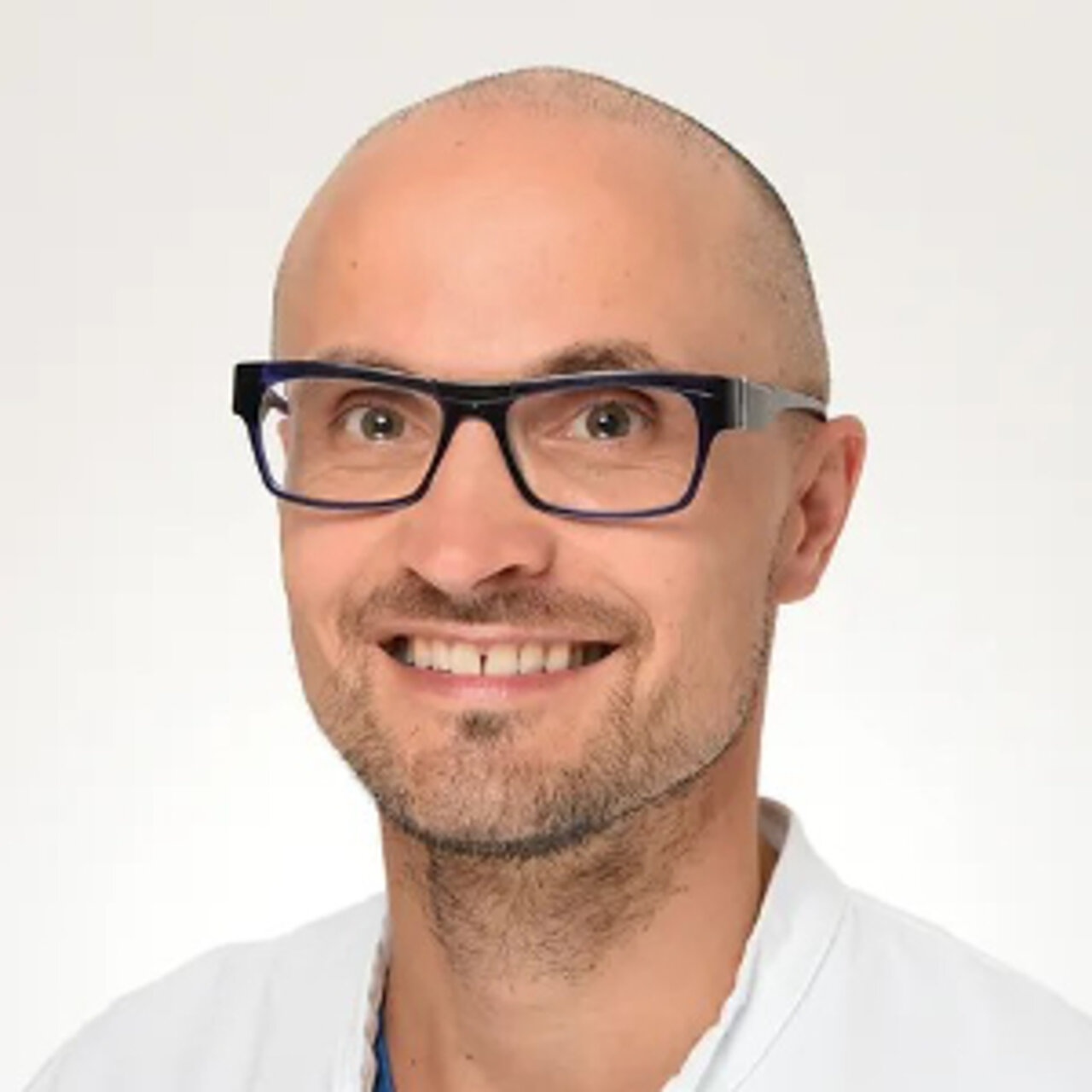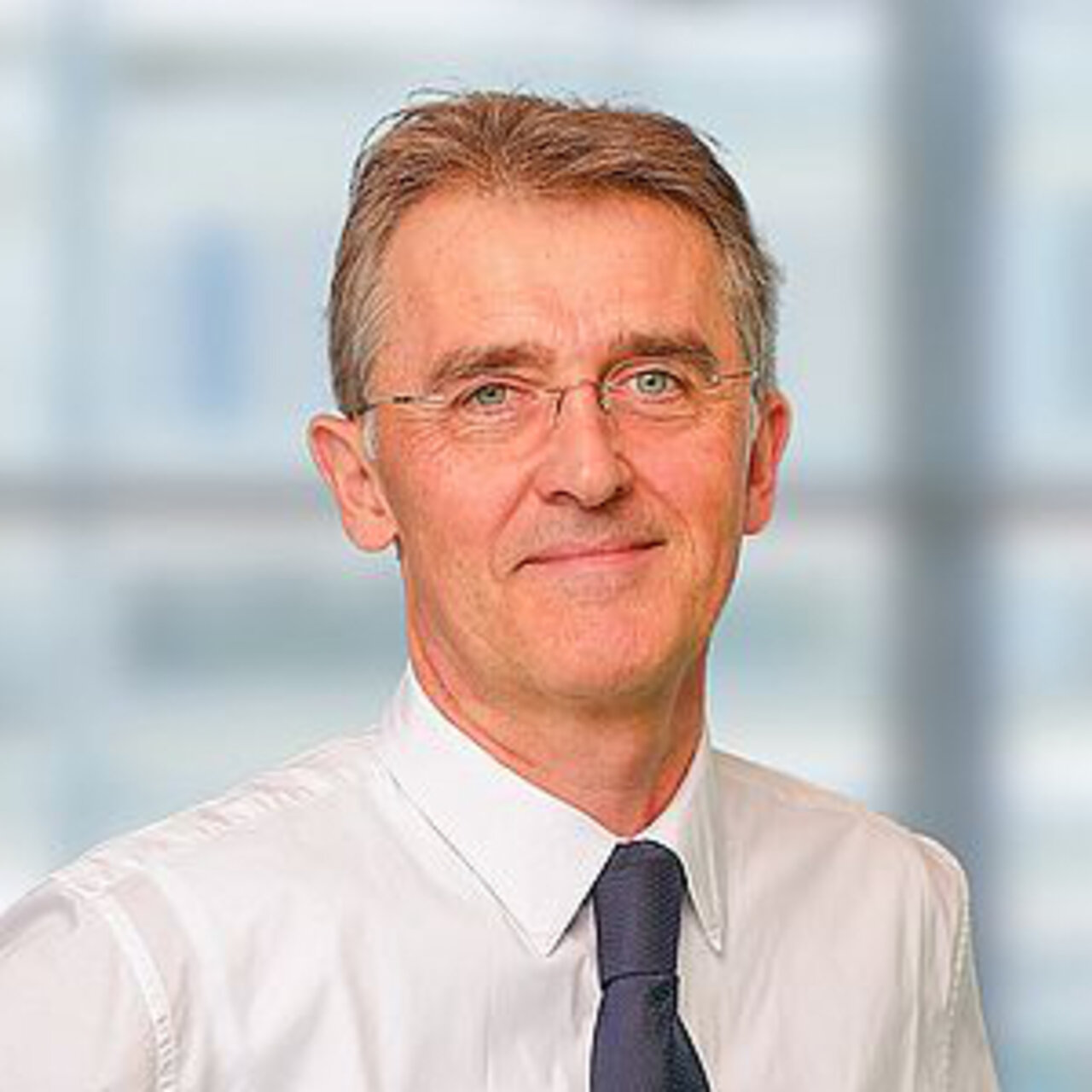Specialists in Radiology
5 Specialists found
Information About the Field of Radiology
What is radiology?
Radiology is a branch of medicine that handles imaging of disease-related changes in the human body.
Radiology Often Provides Decisive Results for Therapy Discovery
Radiology often provides conclusive results for therapy discovery; it is an essential step between patient admission and therapy, making it quicker and easier to identify many diseases and to define severity and extent. Besides, the radiologist plays a decisive role in the determination of therapy. The excellent cooperation between radiologists and all the departments involved is essential to guarantee the well-being of the patient. The same applies to the agreement when a radiological examination is necessary and when it is superfluous, which is vital to avoid unnecessary radiation exposure on the part of both the patient and the medical staff.
Interdisciplinary Cooperation in Tumor Diagnostics and Therapy
The radiologist is in close contact with related fields such as radiotherapy and nuclear medicine. Especially in tumor diagnostics and tumor treatment, close cooperation of all departments is of particular importance.
Patients Benefit from Enormous Technical Advances in Radiology
Originally, radiology (the science of radiation) got its name from the X-rays that were exclusively used at that time. After its discovery in 1895 by Wilhelm Röntgen, electromagnetic X-rays enjoyed widespread use. Whether in shoe shops for fitting shoes or in the medical field for diagnosing bone fractures, X-ray machines were widely used.
Gradually, the adverse effects of excessive exposure to X-rays became known, which led to the initiation of modern radiation protection.
Important Diagnostic Measures in Radiology
In the meantime, in addition to the original X-ray image, there are also so-called layered images with X-ray technology, the so-called computed tomography (CT). But not only X-rays are used for medical imaging today. Magnetic resonance imaging (MRI, also known as nuclear spin) is one of the non-damaging imaging procedures in radiology. Ultrasound (sonography) also belongs to the field of radiology.
Each of the variants mentioned has its advantages and disadvantages or areas of application. What they have in common is their non-invasive use; in other words, pure imaging, which can be supportive or purposeful in the diagnosis of diseases.
Interventional Radiology as a Treatment Method
Besides, invasive methods are among the field of radiology and the work of a radiologist. These methods include the area of interventional radiology, which is the combination of imaging and simultaneous surgical intervention, such as the dilation of narrowed coronary vessels.
Which Physicians and Clinics Are Specialists in Radiology in Germany and Switzerland?
Radiology is an independent medical field. Specialist training takes six years after completing medical studies. Experienced specialists in radiology in Germany and Switzerland in Bern, Frankfurt, and Heidelberg can be found on our portal.
Sources:
